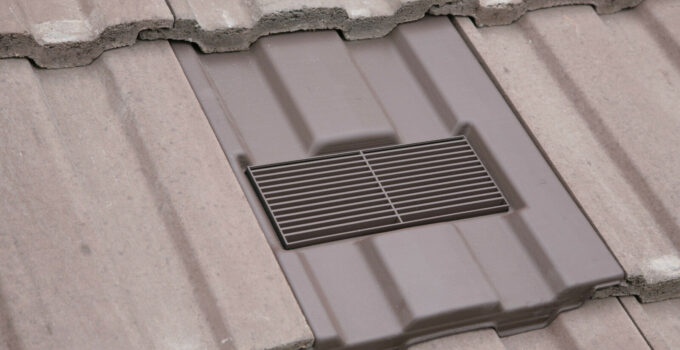Roof ventilation is an important job for roofers in Modesto, CA. It’s a crucial part of the roofing process that many homeowners don’t know about until they need it. In this blog post, we’ll answer some common questions roofers get from their customers as well as provide helpful information on what to do when you’re having problems with your ventilation system.
Page Contents
1. What is the best ventilation for a roof?
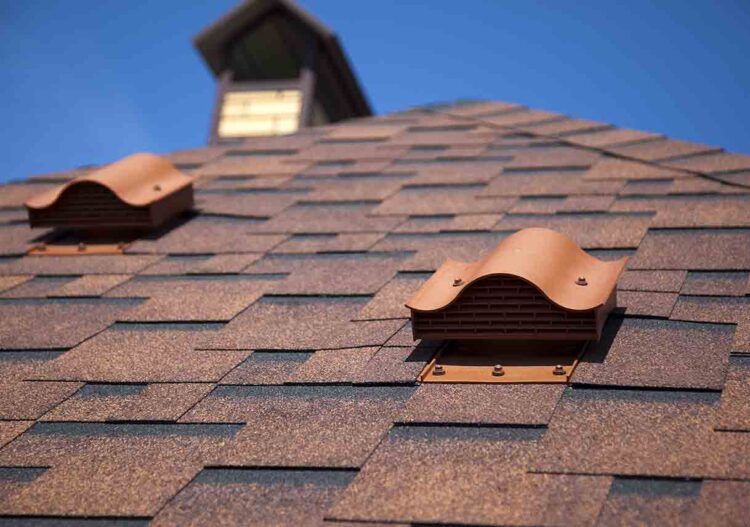
img source: bestpickreports.com
As the question suggests, there’s a myriad of solutions for roof ventilation. The best option is dependent on
- The type and thickness of the shingle, tile, or other material used on your roof
- How often it rains in your area
- Whether you have a gable end
- Local codes
The first step to finding out what’s right for you is talking with someone who works at an architectural firm. Keep in mind that if they’re coming over, please be sure the gutters are clean and free from loose debris before their visit. It takes about 30 minutes to do some basic inspections and make recommendations based off those results. Your home will thank you!
2. Can you have too much roof ventilation?
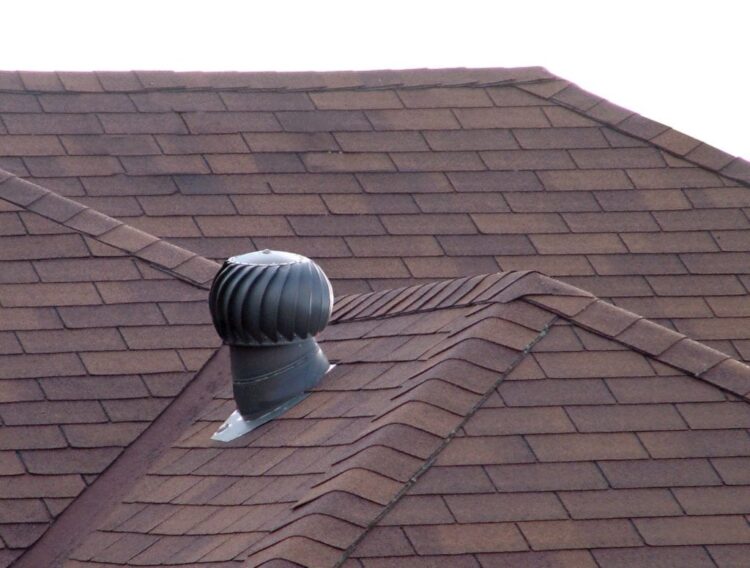
img source: iko.com
No, you can never have too much roof ventilation. Roof vents remain closed when the attic is hot and open when it’s cool to remove heat. You don’t need a lot of roof ventilation because as long as there are some openings in the ceiling for natural airflow, your home will be comfortable.
If an area of your house has low ceilings with poor airflow then you may want additional holes or ducts for circulation so that you’re not just adding more hot air into the room instead of removing it. But if this isn’t something which is necessary – like in most homes – then even one vent over one small room should suffice! In the case of Modesto, CA, you would need more roof vents if the house has an attic because of naturally hotter temperatures in that region.
The goal is to have enough ventilation for your home so that it’s not too warm or stuffy but never any less than one vent per room!
3. What happens if a roof is not vented?
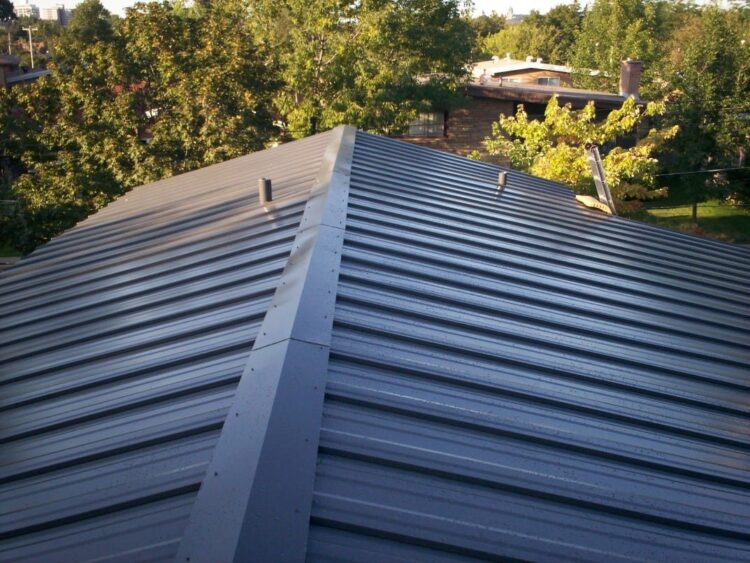
img source: midfloridametalroofingsupply.com
Three things can happen if a roof is not ventilated: first, the moisture in the air will saturate everything on top of or under that roof. Second, this water vapor pushed into your home by rain and wind will accumulate until it becomes too heavy to be supported. Lastly, mold and bacteria may form which could lead to respiratory illnesses for those inside your house. This also means an increase of electricity spent on powering the dehumidifier when humidity levels are high enough.
What happens if you don’t have vents? The natural process of evaporation cannot take place because no fresh air enters through windows or doors; instead, all stagnant hot moist air stays put in one spot–causing unfavorable conditions for anyone who lives in the home.
The moisture will saturate everything on top or underneath the roof, This water vapor pushed into your house by rain and wind accumulates until it becomes too heavy to be supported, mold may form which could lead to respiratory illnesses for those inside your house. this also increases an increase of electricity spent powering dehumidifiers when humidity levels are high enough.
The natural process of evaporation cannot take place because no fresh air enters through windows or doors; instead all stagnant hot moist air stays put in one spot–causing unfavorable conditions for anyone who lives in the home. Moisture will accumulate until it becomes too heavy to be supported.
What happens if a roof is not ventilated? Well a lot of bad things!
4. How much ventilation does a roof need?
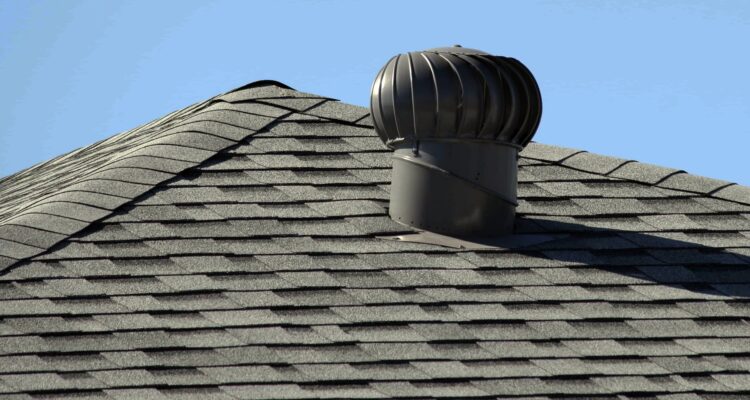
img source: ecohome.net
The amount of ventilation required for a roof depends on many factors.
- What is the shape of the building? Flat roofs require more air flow than sloped roofs because they can’t release heat as easily with their horizontal surfaces.
- Is there an attic space above the top floor that gets hot or humid during summer months? If so, this could be hampering airflow and keeping excess humidity in your home. This type of situation requires installing vents at either end to release hot air from inside the attic. These are called ridge ventilators (or whole house fans). Other types of internal vents such as gable/soffit vents may also help alleviate some pressure off your living quarters by allowing warm moist air out into cooler air.
- If the roof is already leaking or showing signs of wear and tear, you may need to replace it sooner rather than later which could then create a ventilation issue for your home if not addressed in advance.
- Is there an attic space above the top floor that gets hot or humid during summer months? If so, this could be hampering airflow and keeping excess humidity in your home. This type of situation requires installing vents at either end to release hot air from inside the attic. These are called ridge ventilators (or whole house fans). Other types of internal vents such as gable/soffit vents may also help alleviate some pressure off your living quarters by allowing warm moist air out into cooler air.
5. Does roof ventilation really work?
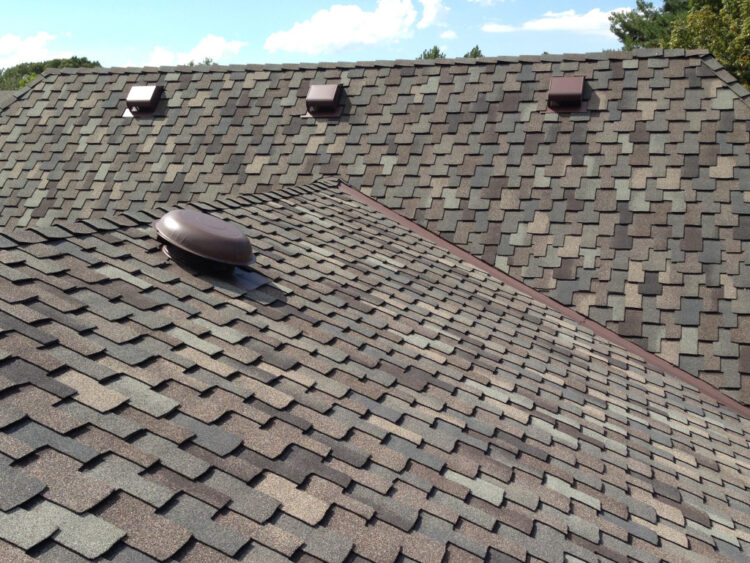
img source: trustgemini.com
Well that depends on what you mean by “work”. If you’re looking for a roof ventilation system that will keep your attic cool, then the answer is no. The only way to do this is with an air conditioner or by turning on fans when it’s hot outside.
The best solution for reducing cooling bills would be installing a high-quality, energy efficient home insulation wrap. This will help reduce heat transfer into attics through walls and ceilings, plus it reduces thermal bridging due to gaps in framing members. It can save up to 20% on both heating and cooling costs.
Bottom line: if you want to increase airflow in your attic and decrease humidity levels there while decreasing cooling costs during the summer months (or winter depending on which hemisphere), install insulated shingles.
6. Which is better between ridge vent and roof vent?
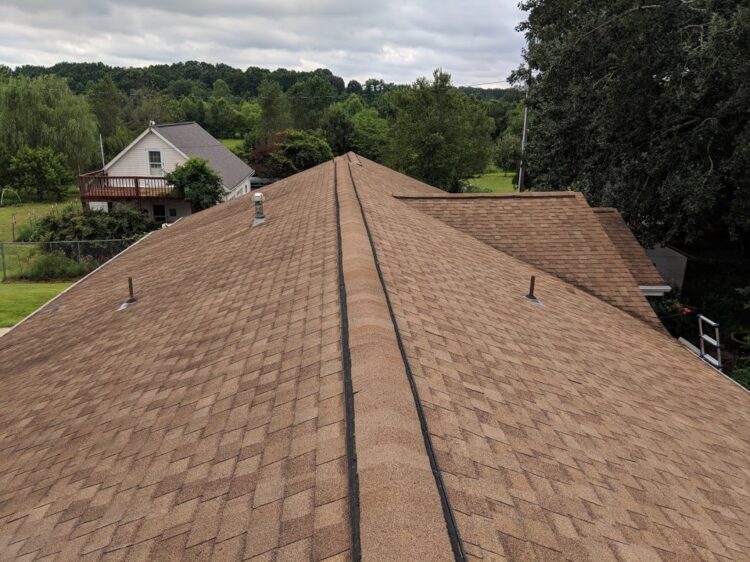
img source: digitalroofingcompany.com
Isn’t this the century old debate? Ridge vents and roof vents are both designed to control the flow of air inside your attic. They do this by pulling cool outside air through the house, while pushing hot air out.
The main difference is that a ridge vent is installed on top of an existing roof line, which makes it easier for installers to place them as long as there’s enough space between the two buildings that border each other (for example). A roof vent takes up more room than a ridge vent does because you can’t just put one anywhere along the slope of your home’s roof.
Ridge Vents:
Ridge Vent Pros – Easy installation in wide open spaces without obstructions; No materials needed from any additional sources such as building supply stores or contractors; They are installed on top of your roof line, which may be easier to access if the ridge vent is close to a gable or dormer.
Ridge Vent Cons – Limited installation options for low-sloped roofs; Dormers and chimneys can obstruct airflow
Roof Vents:
Roof Vent Pros – Easy installation with no need for additional materials such as building supply stores or contractors; Additional benefits include being able to install them in many different places along the slope of your home’s roof (for example)
Roof Vent Cons -Prone to clogging from debris that might accumulate atop the vent due to its location near ground level. It also requires a higher degree of skill than does installing an insulated air damper.
If you’re having trouble figuring out which is right for your home, take a look at these four considerations:
Location
Ridge vents are best suited to lower slope roofs in warmer climates where insulation may be necessary; Roof vents work well on homes with higher slope roofs, but require more skill and additional materials (such as building supply stores). Consider using ridge venting if cost isn’t an issue.
Vent Type
A roof vent is usually made from aluminum while a ridge vent ranges anywhere from metal to fiberglass with single ply membrane tops that can help block UV rays
Construction Material
If installing new ductwork, then a roof vent may be more appropriate. If not, then a ridge vent is best because the ductwork will already be in place and it’s less complicated to install
Insulation
Ridge vents typically are insulated at the top of the attic with foam or fiberglass insulation
A single ply membrane type which can help block UV rays from damaging your shingles over time as well as keep out moisture. Roof vents don’t have an added layer for protection but do require some skill when installing them correctly if you want air tight results. As long as there’s no chance of water leakage through damaged sealer, they should still work even without any extra layers; so while a roof vent might seem like more trouble than it’s worth sometimes since it also needs a sealer, if you’re using an attic with the vent in a higher-up location it may be worth doing for peace of mind.
You, your roofer and the environment will all be happy with a well-ventilated roof. I hope this blog post has helped you better understand how to keep your home cool in Modesto, CA by adding proper ventilation on top of it. If you have any questions about what venting is best for your house or need help finding a reputable contractor who specializes in these services; please don’t hesitate to click here! We’re always here ready and willing to answer any question that might pop up during the process so that you feel confident proceeding with installation.

